
For latest and full posts see https://t.co/TWe9bQDqMN
Lecturer @ucberkeley, Creator https://t.co/mj4nTAz3Hb - Author of 54 Punjabi Proverbs, and PhD from @ubc.
How to get URL link on X (Twitter) App


https://twitter.com/Pragyata_/status/13602087842247516241. "There are no Sikh sources that are even within a century of the event."
https://twitter.com/GurkiranSinghJ/status/1361439487818141701Page 19 of the Guide states several exceptions to the counting rule, specifically that certain long vowels like ਓ, which normally have a two count, can be shortened to a one count to make the metre fit. This is also noted in Kavi Santokh Singh's Garab Ganjini Tika, page 64.

https://twitter.com/jvalaaa/status/1322317991950733312Rama is initially described as He the one with 'Snake-like-Black Hair', a metaphor common in Persian culture - in the Shahnameh the first king Kayumar has a son named Siamak, which means The Beloved Black-haired boy [sia meaning black, mo meaning hair, ak meaning beloved]

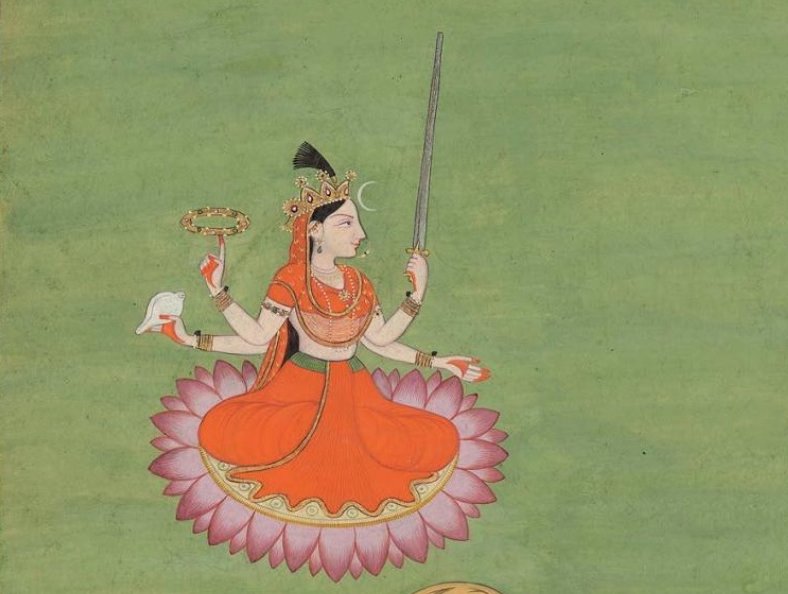
 ਮੀਨ ਮੁਰਝਾਨੇ ਕੰਜ ਖੰਜਨ ਖਿਸਾਨੇ ਅਲਿ ਫਿਰਤ ਦਿਵਾਨੇ ਬਨਿ ਡੋਲੈ ਜਿਤ ਤਿਤ ਹੀ ॥
ਮੀਨ ਮੁਰਝਾਨੇ ਕੰਜ ਖੰਜਨ ਖਿਸਾਨੇ ਅਲਿ ਫਿਰਤ ਦਿਵਾਨੇ ਬਨਿ ਡੋਲੈ ਜਿਤ ਤਿਤ ਹੀ ॥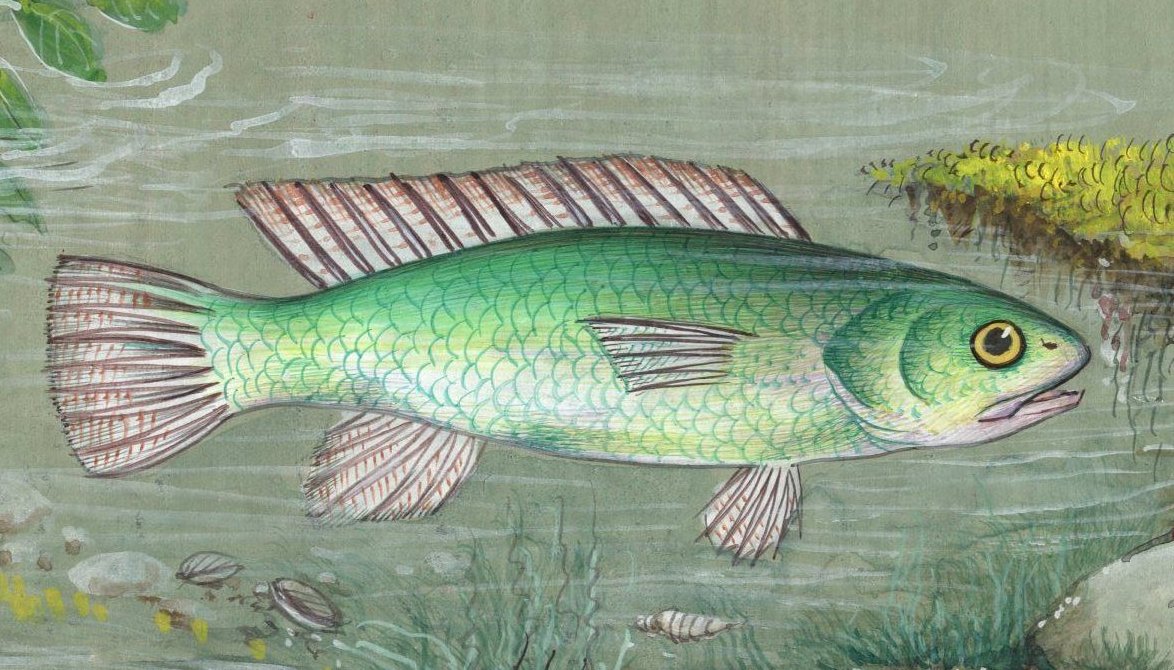

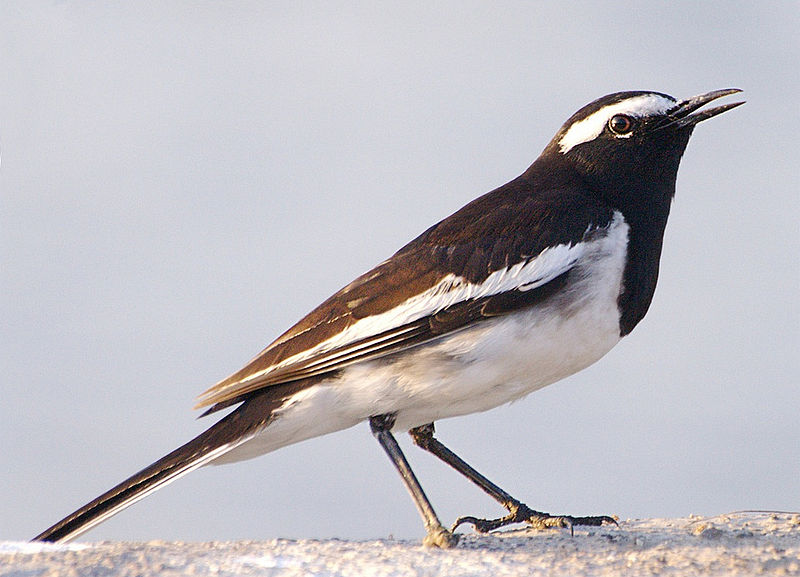
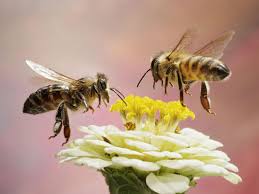


 According Giani Sant Singh, Hanuman appeared to him in a dream and ordered him to write the commentary, he replied saying he was not capable. Hanuman insisted him to recite the Manas 108 times, and from this the knowledge and bhav [feeling] of the text would appear to him.
According Giani Sant Singh, Hanuman appeared to him in a dream and ordered him to write the commentary, he replied saying he was not capable. Hanuman insisted him to recite the Manas 108 times, and from this the knowledge and bhav [feeling] of the text would appear to him. 


 Guru Gobind Singh fought in the Battle of Jajau 1707, helping Bahadur Shah kill his elder brother Alam Shah, to ascend to the throne. Bahadur Shah had a special admiration for Guru Gobind Singh not only as a warrior but as a darvesh [saintly figure] as noted below from 1708.
Guru Gobind Singh fought in the Battle of Jajau 1707, helping Bahadur Shah kill his elder brother Alam Shah, to ascend to the throne. Bahadur Shah had a special admiration for Guru Gobind Singh not only as a warrior but as a darvesh [saintly figure] as noted below from 1708. 
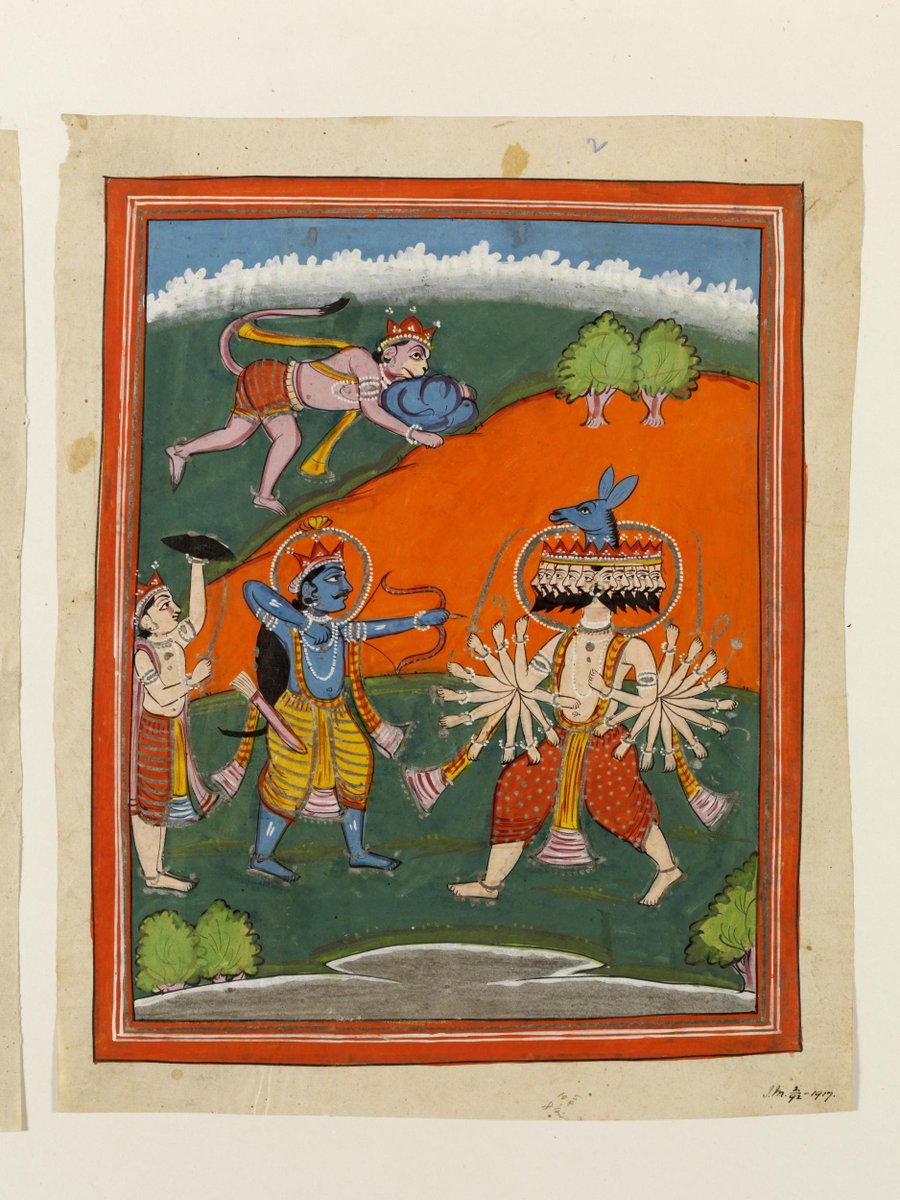
 Historical texts speak of the tradition, which some Sikhs till this day, observe and celebrate Dusshera, the day when Rama killed the demon Ravana. The celebration includes the reading of the Ramavatar along with other writings from the Dasam Granth.
Historical texts speak of the tradition, which some Sikhs till this day, observe and celebrate Dusshera, the day when Rama killed the demon Ravana. The celebration includes the reading of the Ramavatar along with other writings from the Dasam Granth. 